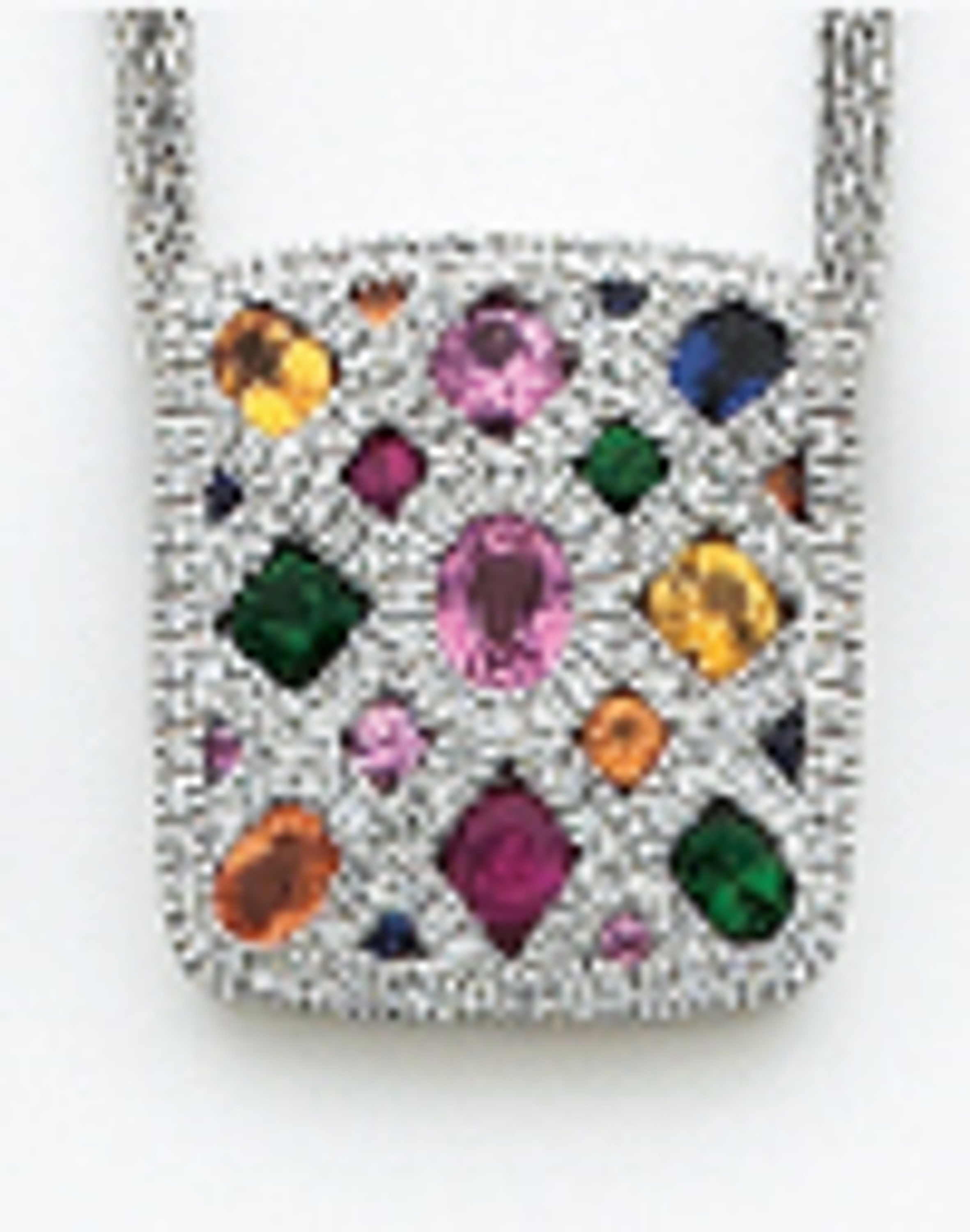Cyber Monday and Online Jewelry Shopping
Dec 13th 2018
With the economy beginning to show some improvement, consumers are starting to express some optimism and are expected to spend more this holiday shopping season. They are estimated to spend $121 more on average than last year, and jewelry and watches are one of the top items, according to the American Express Spending and Saving Tracker.
Online jewelry shopping on Cyber Monday should be extremely active this year. With more people seeking to avoid the crowds, or having to work longer and harder to earn more money, they are expected to use their home and office computer to increase their shopping.
Sarraf.com will be busier than ever and making your purchases as early as possible to get them shipped on time is crucial. Sarraf.com doesn’t expect any delays and has geared up for the holidays, but it’s better not to wait too late.
Shoppers also are expected to seek bargains wherever they can find them and Sarraf.com is good place to visit for the best prices on quality jewelry.
Sarraf.com is offering special holiday deals, such as free shipping on two-day UPS shipments for orders of more than $100. We also have an extended return policy in effect until Dec. 14. For more details, go to Sarraf.com for the free shipping and extended return policy.
Also, be sure and check out our $1,000 shopping spree giveaway on Facebook.
For your holiday shopping, Sarraf.com offers thousands of items from which to choose for everyone on your shopping list. So consider us your own personal Santa’s helper this year and you’ll be glad you did.

